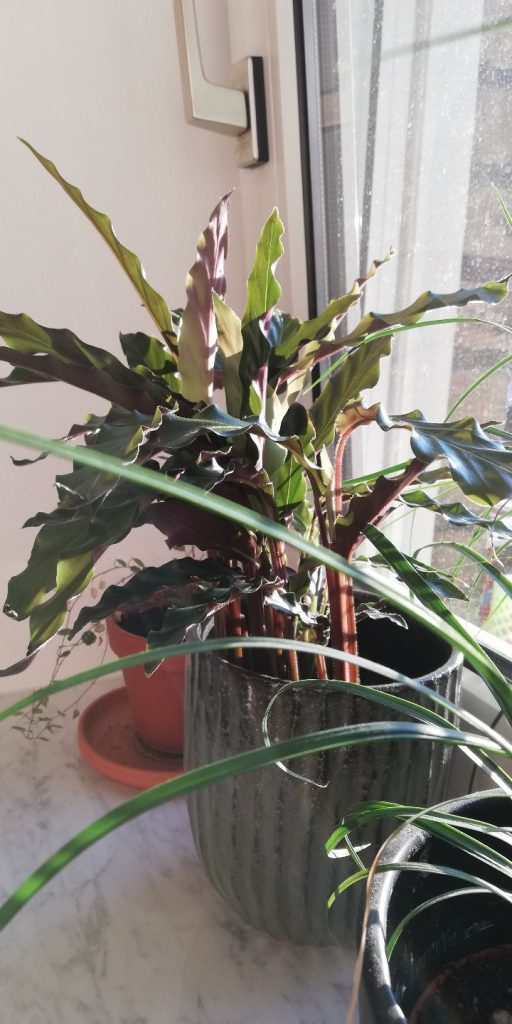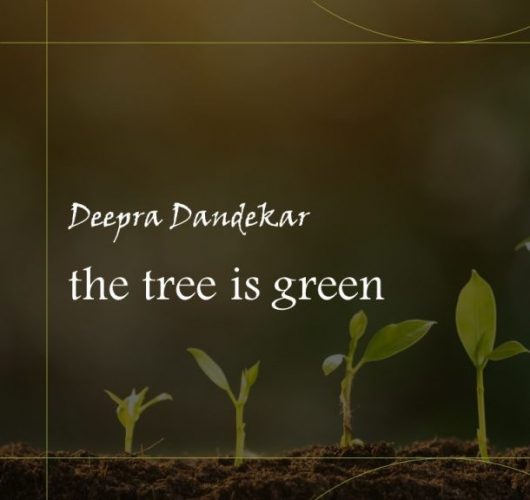It was from an esteemed colleague, who won a prestigious project award on the role of planting and home-making among migrants in Germany, that I first became acquainted with how deeply planting had mattered in my own life. In one colloquium, as my colleague outlined the research available on how relationships between migrants and their new homes could be tested through their planting habits, she commented on how planting was a powerful barometer for measuring how deeply people felt at-home. While all this was usually considered academic overthinking, with planting being considered almost natural, relationships between plants and their planters had deeper ‘roots’. As she presented her research, everyone present, who had been listening attentively, especially those of us who were migrants, shared our personal stories about the relationships we had established with our plants. Many colleagues described their changing relationship with plants during the pandemic, when their social and physical contacts shrank.
As she described her enthusiastic plans of embarking on her new ethnographic fieldwork that entailed interviewing migrants about their plants and their planting experiences, my colleague already shared some examples that should have been, in principle, obvious to us. She described to us how Syrian refugees who came to Germany in and after 2015, used available, small patches of land in Germany, to plant trees from back home in Syria: mostly fig and olive trees. This planting that may have seemed natural to Germans, had a deeper meaning for Syrian refugees who were recreating their old homes, in new places that were subject to home-making abroad. Though many of these plants did not survive, especially fig trees, due to the moisture in the soil and atmosphere of Germany, this planting itself produced continuity between old homes and new homes for migrants. By planting plants that they knew from back home, refugees and migrants created a continuity between their old selves and their new migrant selves, constructing an allegorical bond between humans and sentient plants that represented migrant lives emplaced in new soil.
It took me a brief visit to an old locality where I had once stayed at the time when we only had temporary work contracts, to understand my relationship with planting. We had stayed close back then to a flower shop (a kiosk run by a Vietnamese gentleman) that sold not only cut flowers, but also saplings already potted – plants one could bring home. Though we regularly bought cut flowers, it was as if I had never before even registered the entire racks of potted plants he had. An enthusiastic and aspiring gardener today who sees potted plants everywhere she goes, I was shocked to realize that there had been times when I had not even registered the presence of plants. Home-making was obviously far away from my mind, as my husband and I spent our days applying for jobs around the world, looking-up those places on maps, and desperately trying to imagine what being secure would feel like. Plants had been out of question – they had felt like impediments to our nomadic existence – something we were quickly reconciled to. Walking around the old locality, and popping into the kiosk to say hello to our Vietnamese friend, I regretted not having bought some of his lovely plants for the small balcony we had back then.
As life changed, the first sector in which I found those changes represented, was, of course the plant sector – just as my colleague had assured us it would. With tenuous stability that was tinged with guilt, for my other colleagues were still insecure, one of thing I allowed myself to do, was to see plants, register their presence, appreciate their colours, textures and scents, and harbour a desire to plant them, and/ or bring them home. At first, I watered them anxiously, and too much, wanting them to live – wanting my home and tenuous security to survive. And when they died, as flowering plants inevitably do, I took it personally. I refused to throw the dead ones away, clinging to them. And then, when I was forced to throw them away, I scolded them for betraying me, for rejecting me, invalidating my home-making ventures, and my efforts at taking root. I felt undeserving, and increasingly chose indoor plants, who would live longer if protected from hostile elements, just as I tried to protect myself in my initial years abroad.
With time, as in the case of all migrants, plants and planters, gradual confidence and reassurance seeped in to replace the old anxiety. As I settled down, I kept buying and planting more plants. But this evolving trajectory would have otherwise remained unknown, unrealized and unconscious to my own self, had it not been for my colleague and her prestigious research project that allowed me to understand my own relationship with physical and social change, migration, and security through the plants I deeply loved and owned.
*









Add comment